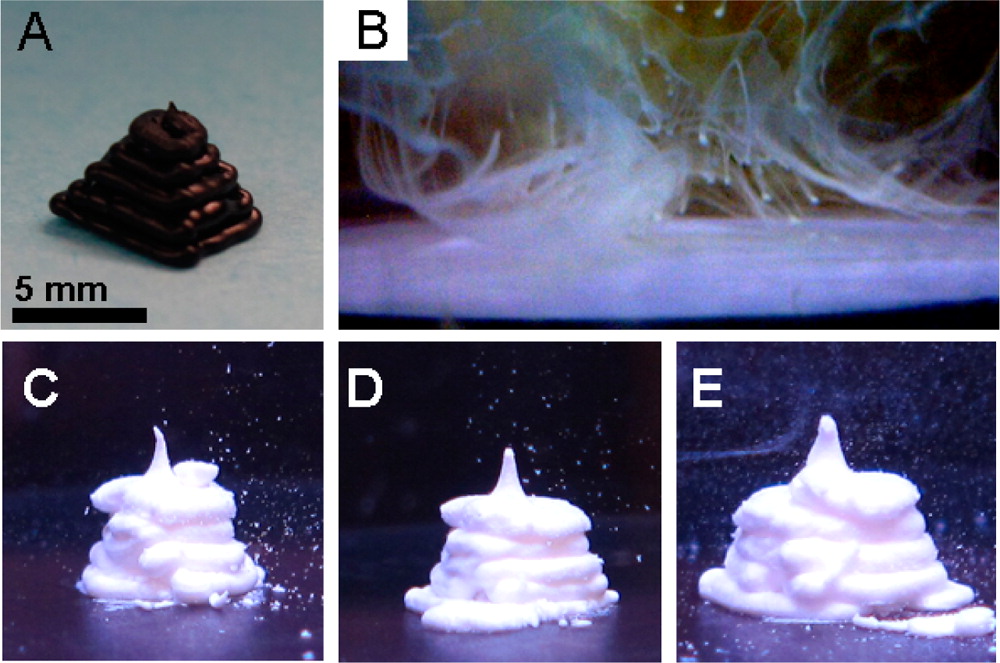
Researchers have developed a way to use DNA as “glue” to hold together 3D prints.
A team from the University of Texas at Austin have used DNA to DNA interactions to hold an extruded shape in place. The “colloidal gel” that results from this process is able to be shaped into centimeter-sized objects, suitable for bioprinting applications.
How does this work? They simply coat particles with specific DNA that exhibits “certain binding behavior”. In other words, when these DNA-coated particles are adjacent, DNA glues them together.
The major advantage of this process is that 3D printing does not involve heat, which typically damages biomaterial. Conventional 3D printers often melt a material during extrusion, whereupon it freezes solid when cooling. No such process here.
DNA to DNA constructions have been done previously, but never to this scale and thus it becomes possible to employ 3D printing techniques to leverage the effect.
If such gels can be 3D printed, then imagine the following scenario: a 3D model is created, perhaps based on a live 3D scan of a patient, that is precisely shaped to fit into that patient. The gel is printed according to this 3D model, but a second extruder periodically inserts biomaterial applicable to the medical situation. Thus you’ve created a surgically-insertable biostructure that’s been custom 3D printed for the patient.
Via ACS

